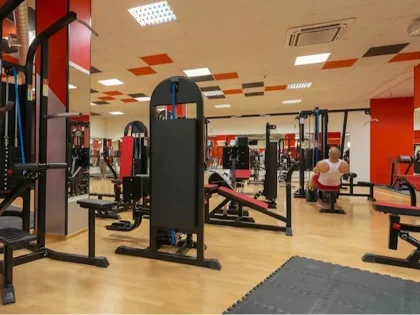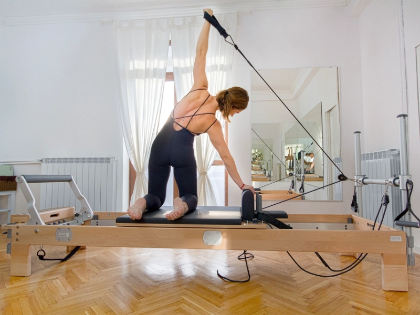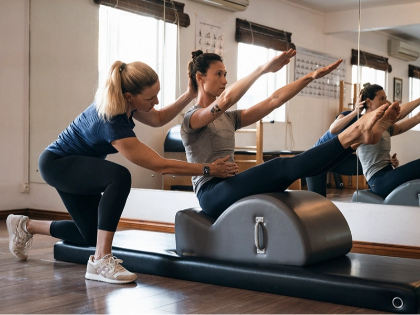Advanced Pilates Techniques: Taking Your Practice To The Next Level
Including cutting-edge equipment into your Pilates practice improves movement patterns, strength, and flexibility. Before moving to an advanced programme, one should grasp the fundamental Pilates ideas. Always operate within your capabilities and pay attention to any pain or discomfort. Safely developing your practice will depend on well defined objectives and working with a trained teacher.
1. Mindful Movement
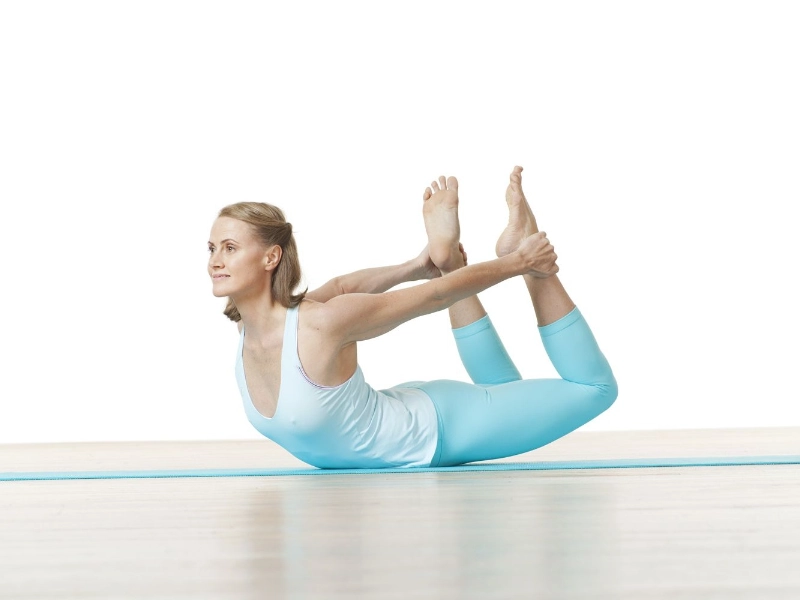
2. Transitions
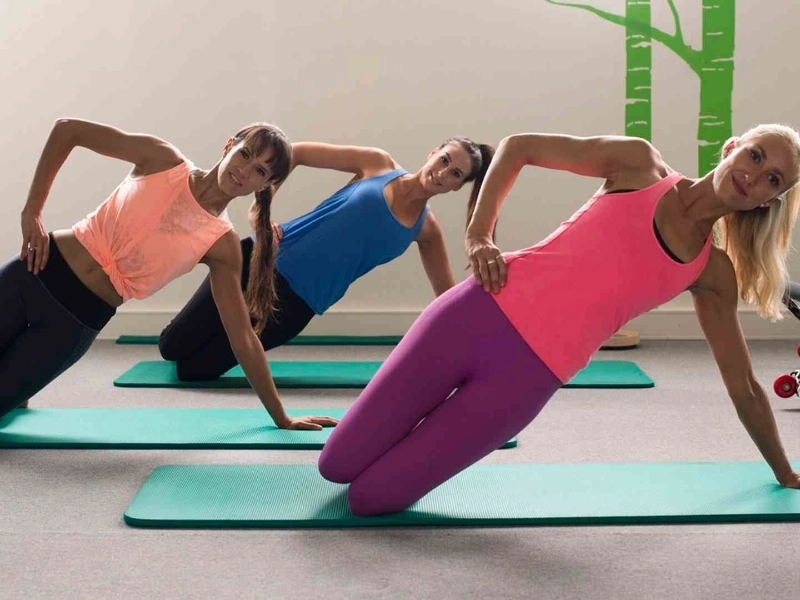 Pilates is a breathing, movement, and core strength fluid series of exercises. Moving seamlessly from one Pilates movement to the next calls for some degree of accuracy and ability. Pilates transitions let students increase their strength and endurance while enhancing balance, stability, and a better mind-body connection by means of correct execution.
For instance, a seamless flow between the Single Leg Roll Up and the Teaser lets students grow the confidence they can go in and out of these complex routines without losing control. This lets the trainees focus on their breath and body alignment, therefore enhancing proprioception—spatial awareness—and strengthening of weaker muscles.
Working at an advanced Pilates level requires one to always give safety top priority. See a certified teacher; pay attention to your body; stay away from any workout that aggravates your pain or discomfort. This will guarantee your safe development towards advanced equipment mastery.
Pilates is a breathing, movement, and core strength fluid series of exercises. Moving seamlessly from one Pilates movement to the next calls for some degree of accuracy and ability. Pilates transitions let students increase their strength and endurance while enhancing balance, stability, and a better mind-body connection by means of correct execution.
For instance, a seamless flow between the Single Leg Roll Up and the Teaser lets students grow the confidence they can go in and out of these complex routines without losing control. This lets the trainees focus on their breath and body alignment, therefore enhancing proprioception—spatial awareness—and strengthening of weaker muscles.
Working at an advanced Pilates level requires one to always give safety top priority. See a certified teacher; pay attention to your body; stay away from any workout that aggravates your pain or discomfort. This will guarantee your safe development towards advanced equipment mastery.
3. Variations
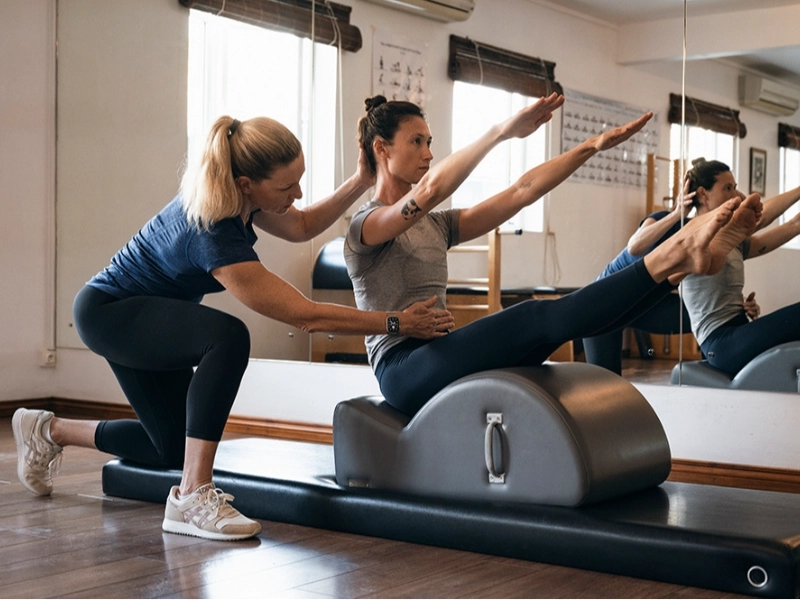 Variations in Pilates exercises test your workout more than others. Your training can also be enhanced by using foam rollers or resistance bands. Targeting various muscle groups and engaging core strength, balance, and flexibility—all of which are crucial for enhancing proprioception—the body's awareness of its position in space—these instruments are meant to do.
Changing the number of movement directions and planes of motion adds still another degree of diversity. The Single Leg Stretch, for instance, travels on a sagittal plane while Criss Cross employs two other planes—thoracic and hip flexion. Including movement options in your Pilates practice will boost your strength, flexibility, and endurance in addition to intensify your workout. Before trying advanced exercises, though, it's a good idea to start carefully and find your personal strength and flexibility ranges. Before adding fresh movement to your practice, discuss with your teacher. They will walk you cautiously towards a more difficult workout.
Variations in Pilates exercises test your workout more than others. Your training can also be enhanced by using foam rollers or resistance bands. Targeting various muscle groups and engaging core strength, balance, and flexibility—all of which are crucial for enhancing proprioception—the body's awareness of its position in space—these instruments are meant to do.
Changing the number of movement directions and planes of motion adds still another degree of diversity. The Single Leg Stretch, for instance, travels on a sagittal plane while Criss Cross employs two other planes—thoracic and hip flexion. Including movement options in your Pilates practice will boost your strength, flexibility, and endurance in addition to intensify your workout. Before trying advanced exercises, though, it's a good idea to start carefully and find your personal strength and flexibility ranges. Before adding fresh movement to your practice, discuss with your teacher. They will walk you cautiously towards a more difficult workout.
4. Outdoor Practice
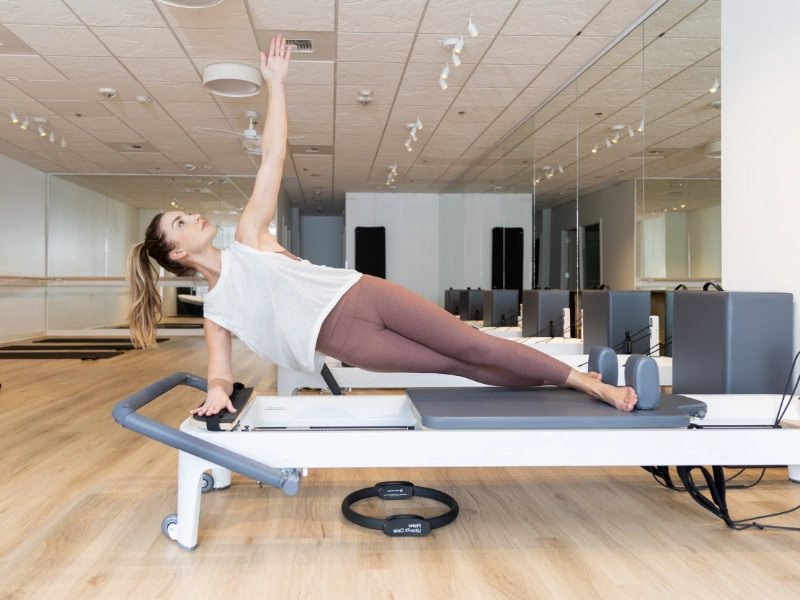 Pilates done outside offers a chance to increase your physical fitness while also connecting with the surroundings. This activity is more fun if you can concentrate on the present moment by means of a calm surroundings, so improving your awareness. While enhancing your balance and agility, it can also help you strengthen, stabilise, and coordinate.
Pilates highlights the need of accuracy and control unlike other forms of exercises that could give quantity first priority. Targeting your core muscles properly by means of exact sense of alignment and technique helps you to improve your posture, balance, and general flexibility by means of each action.
Pilates done outside offers a chance to increase your physical fitness while also connecting with the surroundings. This activity is more fun if you can concentrate on the present moment by means of a calm surroundings, so improving your awareness. While enhancing your balance and agility, it can also help you strengthen, stabilise, and coordinate.
Pilates highlights the need of accuracy and control unlike other forms of exercises that could give quantity first priority. Targeting your core muscles properly by means of exact sense of alignment and technique helps you to improve your posture, balance, and general flexibility by means of each action.

